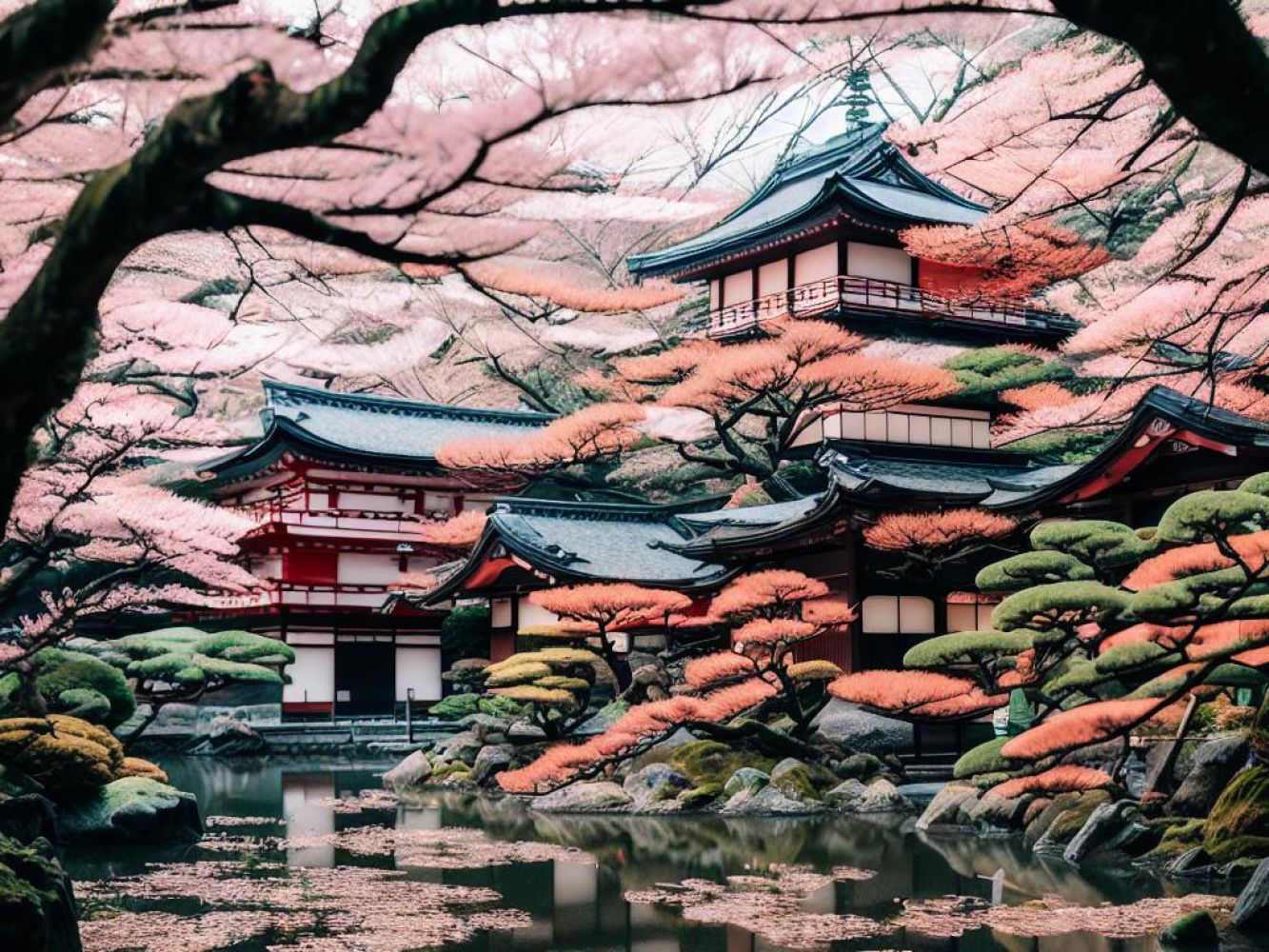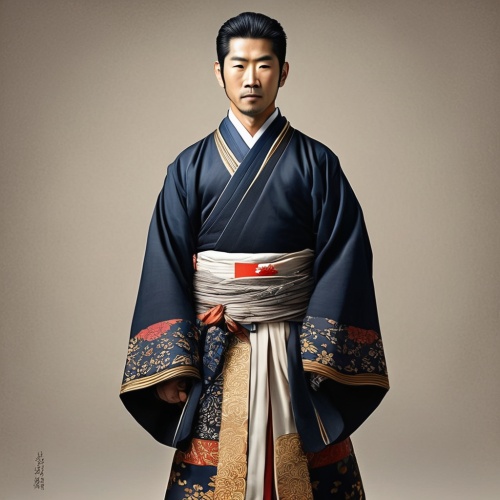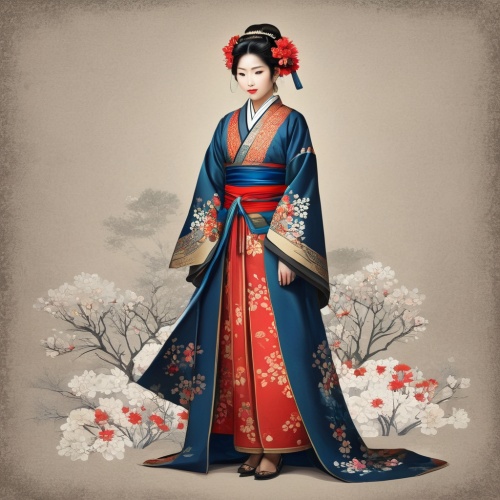Understand
Japan is a captivating archipelago located on the eastern edge of Asia. Consisting of four main islands (Hokkaido, Honshu, Shikoku, and Kyushu) and thousands of smaller ones, Japan is a place where ancient traditions meet futuristic innovation. Japanese culture, with its rich history, has seamlessly integrated modern fashions and trends. Visiting Japan can be a unique experience for those accustomed to Western education. The country exudes a sense of contradiction, where powerful Japanese corporations dominate industries yet financial news may portray a different picture. You'll marvel at the sight of modern, high-tech cities standing side by side with humble wooden shacks amidst sleek designer condominiums. Delicate temples and gardens are surrounded by vibrant signs and modern buildings, creating a harmonious blend of tradition and contemporary. Indulging in a gourmet dining experience may lead you to a small, exclusive restaurant located in a subway station, seating only a handful of people. Amidst skyscrapers, you'll discover traditional chambers with sliding wooden doors, adorned with tatami mats, shoji screens, and calligraphy, perfect for traditional tea ceremonies. Japan's layered aesthetics may surprise and puzzle those accustomed to European and North American cities, but embracing this unique blend will unveil intriguing and captivating locations throughout the country. While Japan is certainly a land where tradition and modernity coexist, modern structures and practices are more prominent. As the first Asian country to independently modernize, Japan continues to embrace new technologies and aesthetics. However, unlike in other nations, Japan doesn't see the need to eradicate older technologies, structures, or practices. Instead, they are thoughtfully integrated alongside the new. Development occurs gradually, one building at a time, creating urban blocks that showcase design history spanning decades. Fashion trends branch out into various subcultures, where individuals may alternate between conforming to different norms based on their work or home life. There is a harmonious balance between tradition and progress, allowing for the preservation of heritage while embracing innovation.
Map & Climate
Popular Foods
 Sushi: Sushi is a traditional Japanese dish consisting of vinegared rice served with various toppings, typically fish or seafood. The rice is usually accompanied by a small piece of nori (seaweed) and sometimes features a dab of wasabi, pickled ginger, or soy sauce. There are many variations, including nigiri (hand-pressed sushi), maki (rolled sushi), and sashimi (slices of raw fish).
Sushi: Sushi is a traditional Japanese dish consisting of vinegared rice served with various toppings, typically fish or seafood. The rice is usually accompanied by a small piece of nori (seaweed) and sometimes features a dab of wasabi, pickled ginger, or soy sauce. There are many variations, including nigiri (hand-pressed sushi), maki (rolled sushi), and sashimi (slices of raw fish). Ramen: Ramen is a widely popular soup dish in Japan that includes Chinese-style wheat noodles served in a meat or fish-based broth. It is often garnished with ingredients such as pork, dried seaweed, menma (fermented soybean paste), scallions, and miso paste. The dish can be found in various styles, including tonkotsu (pork bone broth), shoyu (soy sauce broth), and miso.
Ramen: Ramen is a widely popular soup dish in Japan that includes Chinese-style wheat noodles served in a meat or fish-based broth. It is often garnished with ingredients such as pork, dried seaweed, menma (fermented soybean paste), scallions, and miso paste. The dish can be found in various styles, including tonkotsu (pork bone broth), shoyu (soy sauce broth), and miso. Tempura: Tempura is a deep-fried dish where seafood, vegetables, or mushrooms are battered and then cooked in hot oil. The light, crispy batter turns golden brown and creates a contrast with the soft textures of the ingredients inside. Traditional tempura elements include shrimp, sweet potato, pumpkin, spinach, and green beans. It is typically served with a dipping sauce made from soy sauce, Mirin, and dashi.
Tempura: Tempura is a deep-fried dish where seafood, vegetables, or mushrooms are battered and then cooked in hot oil. The light, crispy batter turns golden brown and creates a contrast with the soft textures of the ingredients inside. Traditional tempura elements include shrimp, sweet potato, pumpkin, spinach, and green beans. It is typically served with a dipping sauce made from soy sauce, Mirin, and dashi.




Comments
NO COMMENTS